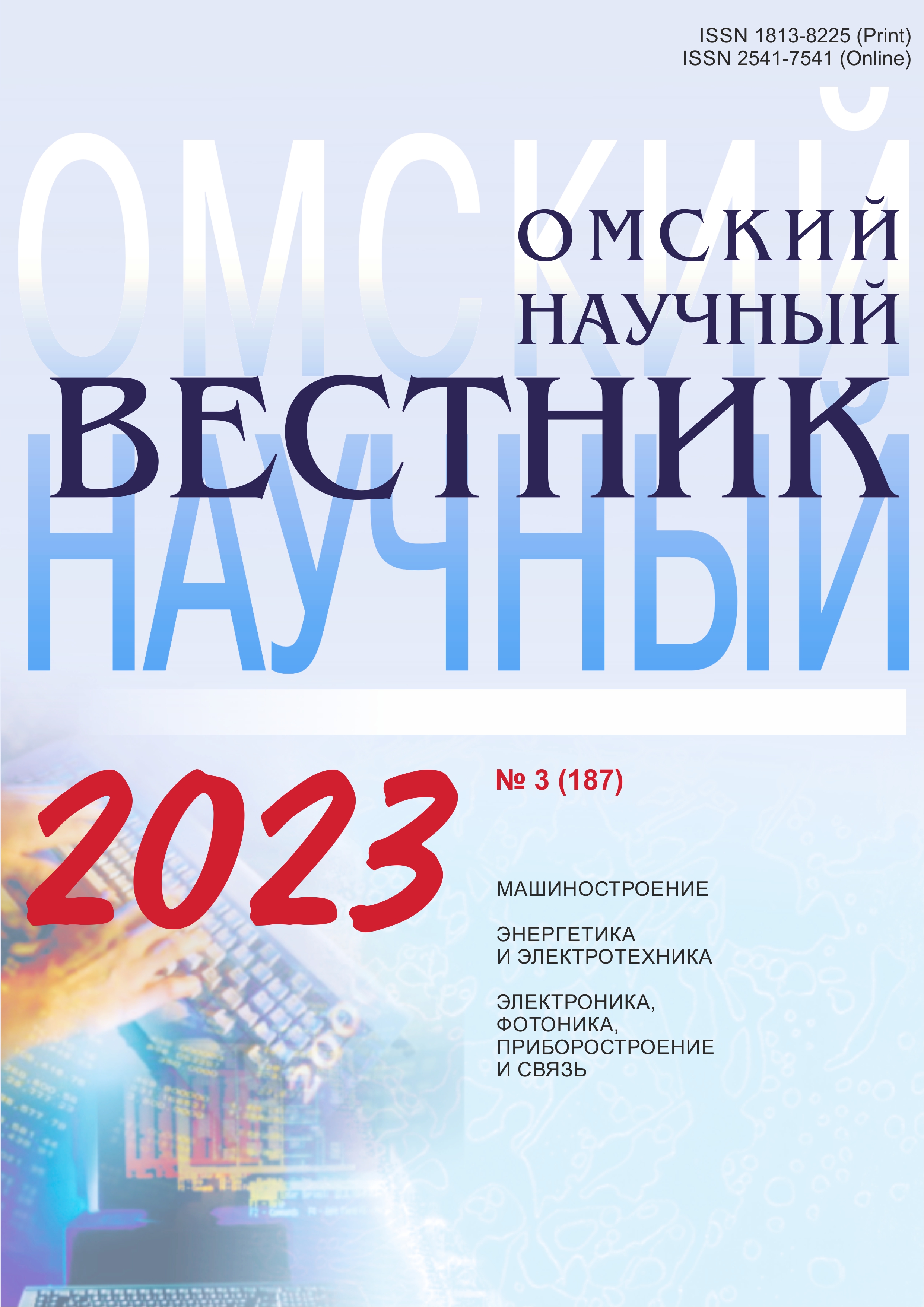Simulation of the effect of absorption by atmospheric water vapor on the results of non-contact temperature measurements
DOI:
https://doi.org/10.25206/1813-8225-2023-187-131-139Keywords:
non-contact temperature measurements, radiation thermometer, thermographic camera, water vapor, relative humidity, molecular absorption, HITRAN databaseAbstract
The article investigates the effect of atmospheric water vapor on the results of non-contact temperature measurements carried out in the range from 100 to 600 °C. It is known that the key disadvantage of radiation thermometry is a rather strong dependence of the measurement results on external factors: the state of the surface of the object, as well as the state of the environment for the propagation of radiation from the object to the thermometer. Water vapor constantly present in the atmosphere selectively absorbs the infrared radiation of the object, which leads to underestimation of the results. This effect depends on the humidity and temperature of the air, as well as on the distance between the object and the radiation thermometer. On the basis of the simulation performed using the MATLAB system and the HITRAN molecular spectroscopy database, the values of random and systematic errors were calculated for four measurement situations typical of industrial conditions that differ in the level of absorption by water vapor. Eleven variants of radiation receivers with unique spectral sensitivity characteristics were studied. It is shown that the effect of absorption of the infrared radiation of an object by water vapor can lead to a significant decrease in the reliability of measurements carried out even at short distances.
Downloads
Published
How to Cite
Issue
Section
License
Non-exclusive rights to the article are transferred to the journal in full accordance with the Creative Commons License BY-NC-SA 4.0 «Attribution-NonCommercial-ShareAlike 4.0 Worldwide License (CC BY-NC-SA 4.0»)




